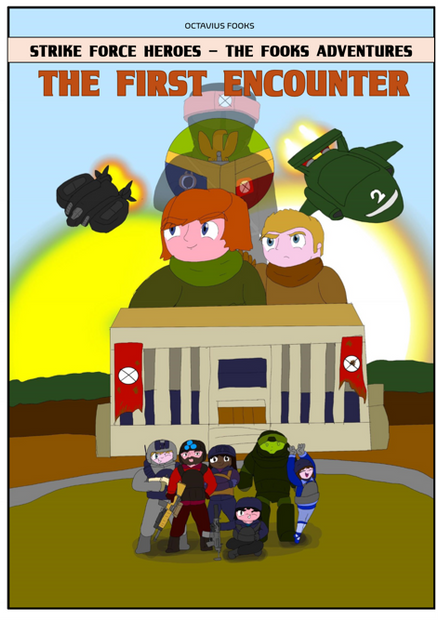HOME | DD
 TreborNehoc — u-2 retouched
TreborNehoc — u-2 retouched

Published: 2015-06-27 13:39:43 +0000 UTC; Views: 550; Favourites: 14; Downloads: 9
Redirect to original
Description
*** not my photo ***Lockheed u-2, probably overshot runway, possibly mid-1950s
original:
Related content
Comments: 4

This is the aftermath of the August 3rd 1959 belly landing of Lockheed U-2A 56-6721 ("Item 388") at Cortez, Colorado, during a "weather reconnaissance mission out of Laughlin AFB, Texas". Given the crash happened before midnight and the aircraft was collected the next day, this picture would have been taken on August 4th 1959.
The aircraft, piloted by Major Hsi-Chon 'Mike' Hua, Nationalist Chinese Air Force (Taiwan), was converting from the North American F-86 Sabre to the Lockheed U-2A, and was performing his seventh flight in the type, a night training flight from Laughlin AFB to Ogden and back, to train in celestial navigation (in those pre-GPS, pre-INS navigation days). Just after turning back to Laughlin from Ogden, at an altitude of 70.000 ft, the aircraft's engine flamed out at 10.28 PM local time; moments later, the aircraft's autopilot failed as well. Gliding down to 35.000 feet, Major Hua tried to relight the engine on his aircraft, but failed to do so - numerous attempts later, it still failed to relight as he went down past 17.000 feet and into full overcast clouds, over the Rocky Mountains.
Unable to contact any US Air Force installations, completely in the dark, and unaware of his position, Major Hua knew that he was in an area where there were high grounds stretching out to 13.000 ft; however, he was reluctant to abandon his stricken jet and eject, as in the rough terrain of the Rockies, his chances of survival would have been minimal. Instead, he elected to ride his aircraft down, hoping not to hit any of the high grounds.
When he finally broke through the clouds... he found himself flying into a valley, with high grounds on either side of his jet, and lights on the ground at his 11 o'clock position. Homing in to the lights in his dead jet, he soon discovered that the lights were, in fact, a local airport; he managed to set down his aircraft, ground-looping it as one of the wings touched the ground.
After his landing, he discovered he had landed at the Cortez Municipal Airport in Cortez, Colorado, literally the only airfield in a radius of 45 miles (and just one of two in a radius of 100 miles). More even, the airport manager at the field told him that, given there was no more traffic at that time of the day, they were just about to shut down the airfield beacon and runway lights and go home - minutes later, and Major Hua wouldn't have been able to find the airport in total darkness, less even to land his stricken jet on an airport which was unmarked on his navigation maps.
The damage to 56-6721 was minimal: the subsequent investigation revealed that the flame-out had been caused by a broken fuel line, and that Major Hua would have been unable to restart his engine no matter what he had attempted. For the skills shown in landing his aircraft, he was awarded a Distinguished Flying Cross; he would eventually retire with the rank of General in the Republic of China Air Force in the 1990s.
Subsequent to her crash-landing, 56-6721 was rebuilt as a U-2D; she would go on to serve until 1980. Nowadays, she is on display at the Blackbird Air Park in Palmdale, California. Unlike other U-2s, she never received the J75 engine upgrade, instead retaining her original J57 engine throughout her career.
👍: 0 ⏩: 0

Any landing you can walk away from, is a good one.
👍: 0 ⏩: 0


























